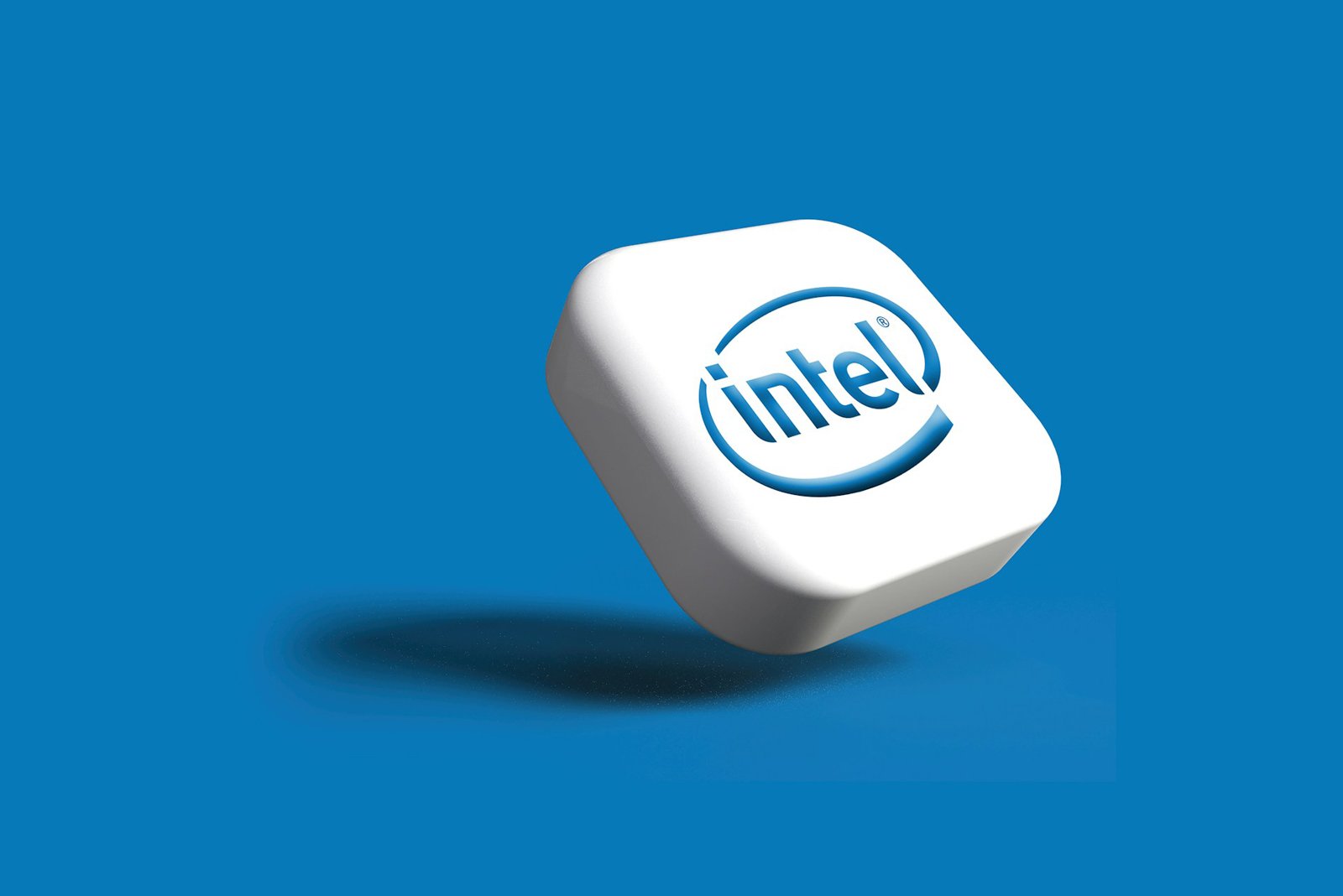
Introduction
Intel operates under turbulent market conditions because it persists with intense expenditure reduction strategies while its revenue decreases and its market share shrinks. Since the beginning of the two years, the company has eliminated 23,000 positions, whereas the latest layoffs will affect 16,000 employees. Intel employees and stakeholders face uncertainty regarding the chip manufacturer’s persistent struggles to survive against competitors in semiconductor markets.
The dominance of Intel in its market has been challenged by increasing competition from Nvidia, AMD, and TSMC, which required the company to develop new business strategies. Modern times demand severe cost reduction measures because the company needs to fight for its existing market position.
Intel’s Cost-Cutting Strategy and Layoffs
Intel initiated its first major workforce reduction in late 2022 while conducting a corporate restructuring plan. The company plans to eliminate 58 more positions at its Folsom, California campus before March 2025, besides the existing job loss statistics from the past year.
The reorganization includes savings of $10 billion, which Intel plans to reach by 2025. As part of this strategy, Intel decided to sell its Folsom property and retained lease rights to select portions of the facility. The organization lowered its global employment numbers to 2018 levels yet maintained a lower revenue rate.
The Folsom campus of Intel has suffered greatly because research and development activities used to be centered there. The facility used to maintain its staff of over 6,000 employees in 2018, but its workforce has been reduced to less than 4,000 employees since that time.
Intel’s Financial Challenges
Intel’s revenue has been on a downward trajectory:
- 2023 Revenue: $54.2 billion
- 2024 Revenue: $53.1 billion (a decline of over $1 billion)
The overall concern about Intel’s financial health involves its diminishing profits alongside a 60% drop in stock price during 2024. The investor community increasingly doubts whether Intel can revive its declining business condition.
The employee revenue dropped from $700,000 in 2020 to below $440,000 by 2023, which indicates operational issues at Intel. The organization faces difficulties delivering equivalent productivity alongside innovation at current market levels because revenue decreased while employee numbers diminished.
Market Competition and Strategic Shifts
The semiconductor market needs Intel to contend with the aggressive development of Nvidia along with AMD and TSMC since these companies lead Intel in both innovation and market expansion. Nvidia controls the AI chip sector, while AMD has developed successful high-performance processors, creating a challenge for Intel to regain technological leadership.
The AI Boom and Intel’s Missed Opportunity
The semiconductor industry has advanced most by creating artificial intelligence (AI) chips. Nvidia has secured its position as a market-leading company for AI GPU products, yet Intel trails behind in this field. The company came too late during the AI transition, which gave Nvidia an overwhelming position as the market leader.
The company invests heavily in AI chip development yet encounters substantial barriers to match up with Nvidia and AMD leadership.
The Rise of AMD and TSMC
AMD makes significant headway in processor markets by offering Ryzen and EPYC chips that show superior performance compared to Intel’s products. TSMC (Taiwan Semiconductor Manufacturing Company) now leads worldwide in advanced semiconductor manufacturing and provides processing capabilities to Ap, Qualcomm, and.
Intel’s ownership of fabrication facilities has created a disadvantage for the company since TSMC operates with an outsourced model that enables ongoing technological advancement.
Restructuring Costs and Employee Impact
Intel’s restructuring isn’t just about layoffs—it’s a costly transformation:
- $900 million spent on restructuring in 2024
- Employee bonuses were significantly reduced, especially in Israel, where workers received only 0.8 months’ salary compared to the previous 2.5-3 months.
The workforce at Intel’s Folsom site faces an unclear future because it continues cutting jobs and reducing its operational presence.
The organization offers voluntary early retirement schemes and separation packages to lessen their workforce indirectly instead of conducting actual dismissals. Staff morale at the company faces difficulties because workers fear potential additional job eliminations.
Future Prospects: Can Intel Rebound?
While Intel is committed to its turnaround strategy, challenges remain:
- Leadership instability: The company is still searching for a new CEO after Pat Gelsinger’s departure.
- Shrinking market share: Intel is struggling to compete with rising semiconductor giants.
- Cost-cutting vs. Innovation: Heavy layoffs could impact Intel’s ability to drive innovation and regain dominance.
Intel’s New Strategic Vision
To combat its challenges, Intel is focusing on:
- Advancing Semiconductor Manufacturing: Intel plans to invest billions in new fabrication plants (fabs), including the highly anticipated Intel Foundry Services (IFS).
- Expanding AI and GPU Capabilities: The company is aggressively developing AI-driven chips to compete with Nvidia and AMD.
- Partnering with Tech Giants: Intel is looking to forge partnerships with major tech players to regain lost ground in data centers and cloud computing.
Conclusion
Inteliate made 23,000 layoffs during two years as the company struggled against declining earnings and growing competition and faced internal organization issues. Intel’s expense reduction strategies have the potential to deliver stability for the long term, yet in the short term, employees, along with investors, face considerable uncertainty.
Success in executing its strategic plan enables Intel to rebuild its market dominance. Failure by the company to implement fast-paced innovation would leave it trailing behind competitors in the semiconductor market, which is dynamically advancing.
How successful will Intel’s business strategy be in the future, and are more corporate disruptions ahead of the company? Only time will tell.
About the author
Understanding the Evolution of ‘Brat’ in Modern Slang
📘 Word of the Year In 2024, Collins Dictionary named "brat" its Word of the Year, redefining it from a term traditionally used to describe a badly behaved child to an adjective denoting a "confident, independent, and hedonistic attitude" The Guardian. 🎤 Origin & Cultural Influence The transformation of "brat" was largely influenced by British singer Charli XCX, whose sixth studio album, titled Brat, was released in June 2024. The album's aesthetic and themes resonated with younger audiences, promoting a lifestyle characterized by self-expression, confidence, and embracing imperfections. This movement, dubbed "brat summer," became a cultural phenomenon, challenging previous trends like the "clean girl" aesthetic BBC News. 🧬 Etymology 15th Century: The word "brat" originated from Middle English, referring to a coarse cloak or a beggar's garment. Early 16th Century: It evolved to mean a child, particularly one perceived as […]
Denver Reid April 22, 2025
Intel’s Workforce Shrinks by 23,000: A Struggle for Stability
Introduction Intel operates under turbulent market conditions because it persists with intense expenditure reduction strategies while its revenue decreases and its market share shrinks. Since the beginning of the two years, the company has eliminated 23,000 positions, whereas the latest layoffs will affect 16,000 employees. Intel employees and stakeholders face uncertainty regarding the chip manufacturer's persistent struggles to survive against competitors in semiconductor markets. The dominance of Intel in its market has been challenged by increasing competition from Nvidia, AMD, and TSMC, which required the company to develop new business strategies. Modern times demand severe cost reduction measures because the company needs to fight for its existing market position. Intel's Cost-Cutting Strategy and Layoffs Intel initiated its first major workforce reduction in late 2022 while conducting a corporate restructuring plan. The company plans to eliminate 58 more positions at its […]
Denver Reid February 8, 2025
Microsoft’s $80 Billion Bet on AI Data Centers
In fiscal 2025, Microsoft will signal AI’s most significant leap by committing to construct AI data centers that come loaded with artificial intelligence. The company recognizes this considerable investment and shows they are leading the global AI race and our view of a future built on AI innovation. This is an AI Infrastructure investment on a massive scale. As Vice Chair and President of Microsoft, Brad Smith laid out how the company will spend this hefty sum in a recent blog post, and how over half of the allocation will be spent on projects within the United States. According to Microsoft, this move is a part of the company’s efforts to strengthen its AI infrastructure bastion, where the foundation of its sophisticated AI models and cloud-powered apps reside. “I think the United States leads the global AI race today because of private capital […]
Denver Reid January 3, 2025
Related
Microsoft’s $80 Billion Bet on AI Data Centers
In fiscal 2025, Microsoft will signal AI’s most significant leap by committing to construct AI data centers that come loaded with artificial intelligence. The company recognizes this considerable investment and shows they are leading the global AI race and our view of a future built on AI innovation. This is an AI Infrastructure investment on a massive scale. As Vice Chair and President of Microsoft, Brad Smith laid out how the company will spend this hefty sum in a recent blog post, and how over half of the allocation will be spent on projects within the United States. According to Microsoft, this move is a part of the company’s efforts to strengthen its AI infrastructure bastion, where the foundation of its sophisticated AI models and cloud-powered apps reside. “I think the United States leads the global AI race today because of private capital […]
Denver Reid January 3, 2025














Be the first to leave a comment